When Burton and Speke travelled in the regions of what today is Somaliland, they discovered ways of life lived by both pastoralists and livestock that were, to them, unique. Reasonable responses to aridity formed the context for successful survival.
…In the northern part of the Somali country I never heard of cannibalism, although the Servile tribes will eat birds and other articles of food disdained by Somal of gentle blood.
Lieutenant Speke complains of the scarcity and the quality of the water, “which resembles the mixture commonly known as black draught.” Yet it appears not to injure health; and the only disease found endemic is an ophthalmia, said to return periodically every three years.
The animals have learned to use sparingly what elsewhere is a daily necessary; camels are watered twice a month, sheep thrice, and horses every two or three days. No wild beasts or birds, except the rock pigeon and duck, ever drink except when rain falls…
…These Dumba sheep–the fat-tailed breed–appear to thrive on much less food, and can abstain longer from eating, than any others. This is probably occasioned by the nourishment they derive from the fat of their tails, which acts as a reservoir, regularly supplying, as it necessarily would do, any sudden or excessive drainage from any other part of their systems.
Richard Burton, First Footsteps in East Africa. 1854. Appendix I. Diary and Observations made by Lieutenant Speke, when Attempting to Reach the Wady Nogal
Fat tailed sheep after slaughter. The fat in the tails is a 'must' to use in making brochettes, alternating meat with fat cubes. Delicious! Source: farm3

Fat-tailed sheep on a stone bowl from the Uruk III period of Ur (c. 3000 BC). (Source: The Metropolitan Museum of Art)
More information on fat-tailed sheep is contained in this publication by FAO.
Also in this blog: Cuisines and Crops of Africa, 19th Century – The Limits of Pastoralism as a Lifestyle








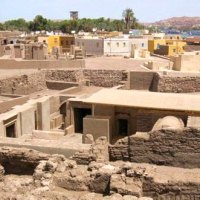
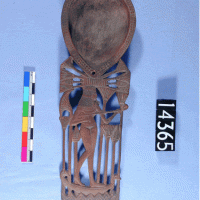
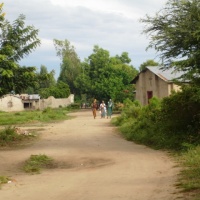
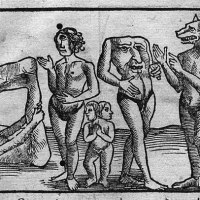
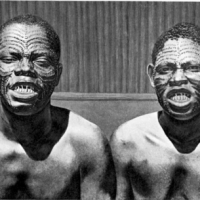













Pingback: Life and Livestock in the Arid Areas of Somiland, 1850′s (via Dianabuja’s Blog) « Dianabuja's Blog